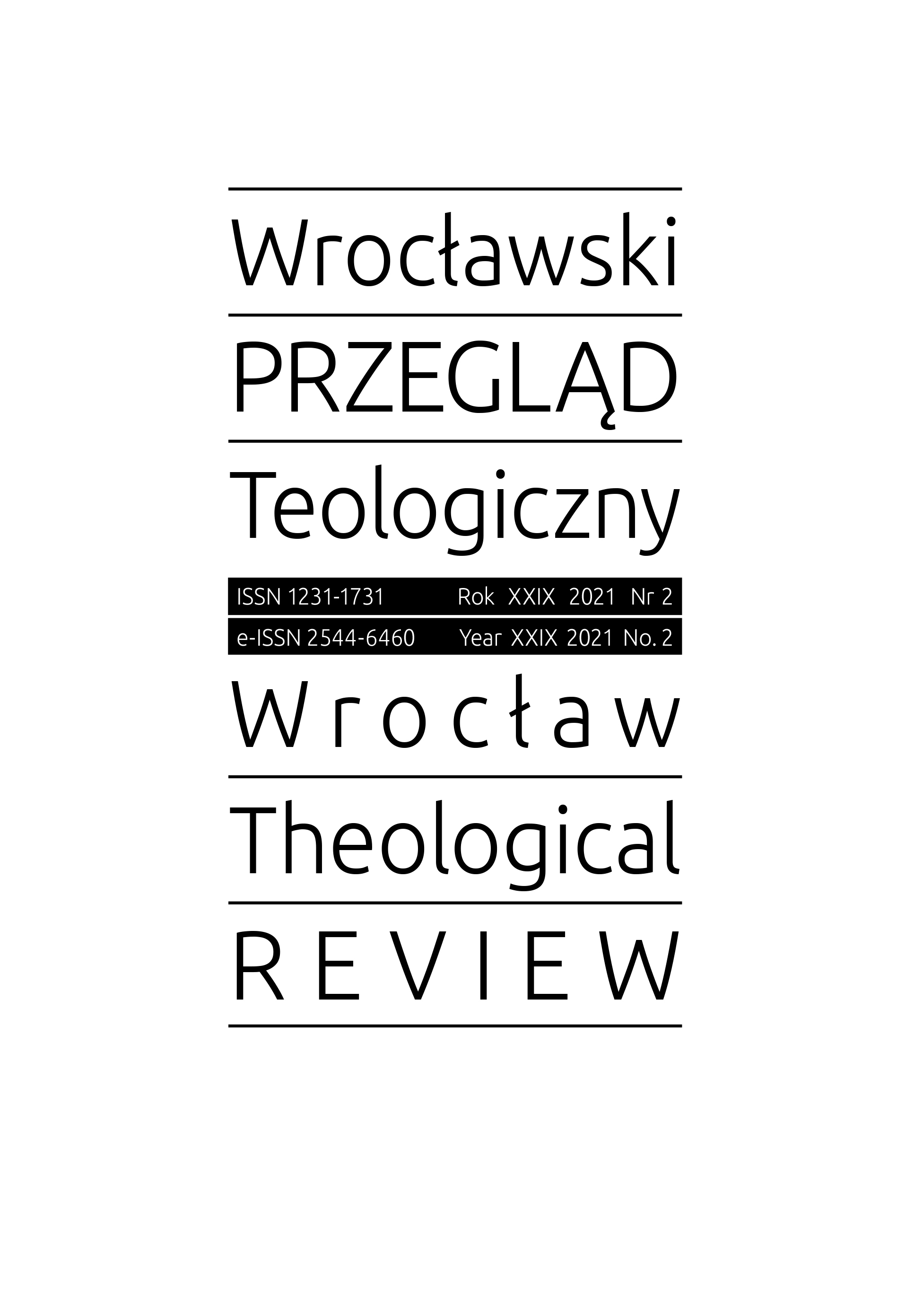Od oczyszczenia Świątyni Jerozolimskiej do Jezusowego „pragnę” (dipsao) na krzyżu
From the Cleansing of the Jerusalem Temple to Jesus’s “I Thirst” (dipsao) on the Cross
Author(s): Jan KlinkowskiSubject(s): Christian Theology and Religion, Theology and Religion, Biblical studies
Published by: Papieski Wydział Teologiczny
Keywords: pragnienie; oczyszczenie; grzech; życie wieczne; Eucharystia; dar Ducha; Ewangelia Jana
Summary/Abstract: The Gospel of John is framed with several theological themes. The theological centre is Jesus’s death on the cross (19:28-30). This paschal event Jesus prepared through the symbolic cleansing of the Temple of Jerusalem (2:13-22). The significance of the cleansing from sin and the opening of the gift of eternal life is emphasised by the word “thirst” (diya,w – dipsaō) which occurs five times in the Gospel of John. It first appears in the context of Jesus’s thirst for water during the encounter with a Samaritan woman (4:13-14). Her desire to put her life in order opens her up to a relationship with Jesus, who gives her the gift of the Gospel and thus indicates the gate to salvation. Her desire to live decently hides the hope of humanity longing for an order based on love; the hope of transcending ethnic barriers to embrace the universal message of the Gospel. The concept of diya,w – dipsaō appears in the presentation of the Eucharist which satisfies the desire for eternal life (6:35). Jesus proclaims the end of bloody animal sacrifices in the Temple of Jerusalem and the beginning of the way of salvation in the Eucharist. At the Feast of Tabernacles He proclaims His ability to satisfy human thirst (7:37). He announces that the fountain of living water will gush forth for everyone who will be baptised. On the cross, Jesus cries “I thirst” and tastes vinegar, the symbol of human sin. In this way the process of salvation will be accomplished, Jesus will accept all human sins and give the world the Spirit, the source of eternal life. From this source everyone may draw, everyone who will be baptised and feed on the Gospel and the Eucharistic meal: the body (sa,rx – sarks) and blood (ai-ma – haima) of Jesus.
Journal: Wrocławski Przegląd Teologiczny
- Issue Year: 29/2021
- Issue No: 2
- Page Range: 29-59
- Page Count: 31
- Language: Polish

